|
Please help us welcome our newest alpaca, RDA's Blackjack Oak (Quercus marilandica) aka "Jack"! Jack was born on June 7, 2014 and is Black Mist's first cria. The birth went fast and easy and Black Mist is such a good mom! She needed a little help learning to stand still so that Jack could nurse, but now that she's got the hang of it they're both doing fine. Jack has a white face and chest and white "socks" and, while the rest of his fleece looks black, his primary color is called "dark silver gray" because he has white fibers mixed in with the black. The white pattern on his dark base fleece color is called "tuxedo". We did make a difficult discovery when we let them out of the barn to go to the pasture for the first time: Jack is blind. To what extent we aren't sure right now - we believe that he can see something very close up - but he is definitely very close to being truly blind. We have him and Black Mist in a pasture by themselves so that the other very curious alpaca females don't overwhelm him with attention and he can focus on figuring out where he's at and what to do. We hope to reunite them all in a day or so, but for now we're watching out for little Jack so he can learn about the world and not have to worry about too much else. We've decided to have him gelded so that we can keep him in with the female alpacas. Our intact male alpacas can be quite aggressive with each other and tend to pick on the younger and smaller ones, so we know Jack would be at a serious disadvantage in a pasture with them. Plus, Jack can enjoy his life without having to deal with hormones and he can stay with his mom and the other animals he grew up with in pastures that he is familiar with. We've never had a blind animal before but we know it's going to be a challenge, and consistency and familiarity are going to be essential for Jack's success and happiness. Why is he blind? How blind is he? Is it temporary? Is it genetic? We have no idea what the answer to these questions are and we have reached out to our veterinarian and may have Jack evaluated at Ohio State if there is any chance early medical intervention could somehow restore his sight. We'll keep everyone posted through our blog, newsletter, and on Facebook and Twitter. So onto Jack's name...If you're wondering where Jack's fancy name came from you can read about our alpaca naming theme here. The blackjack oak is a member of the red oak family and can be found in Adams, Lawrence, Pike, and Scioto counties in Ohio and in the southern and central United States. It is a relatively small oak, and hazards include overgrowth by taller woody species through succession as well as losses due to logging. Blackjack oaks grow on dry, sterile, usually sandy soil in open upland woods and barrens. Blackjack oaks thrive where many woody species cannot, and is often a dominate tree in savannas and forests adjacent to grasslands. In addition to providing cover for wildlife, blackjack oak acorns are an important source of food for birds and mammals. Blackjack oak wood is hard, heavy, and strong and is used mainly for fence posts, railroad ties, and fuel. For more information on blackjack oaks visit these sites: ODNR Rare Plants of Ohio USFS FEIA Tree List USDA Plants Database (several daditional info links on this page) Wikipedia Quercus marilandica.
0 Comments
Your comment will be posted after it is approved.
Leave a Reply. |

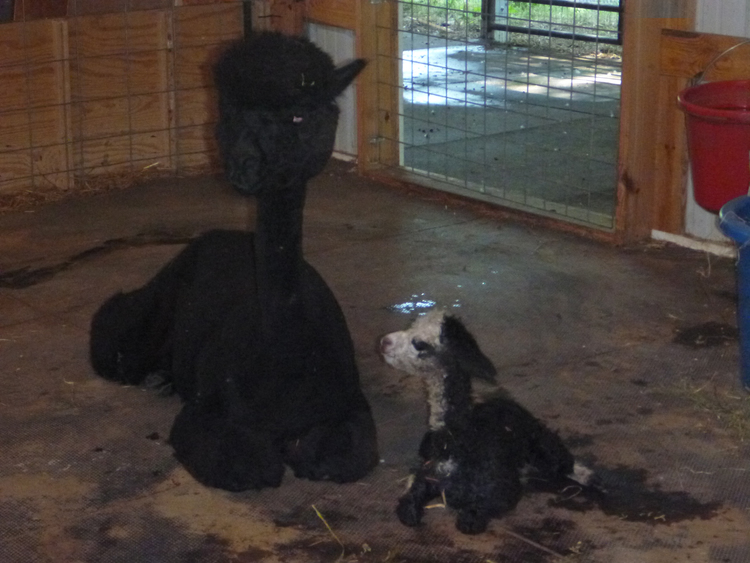
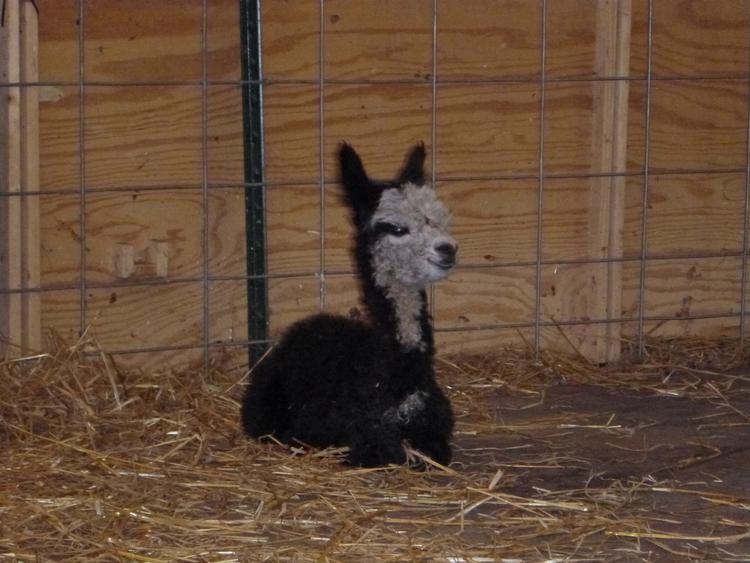
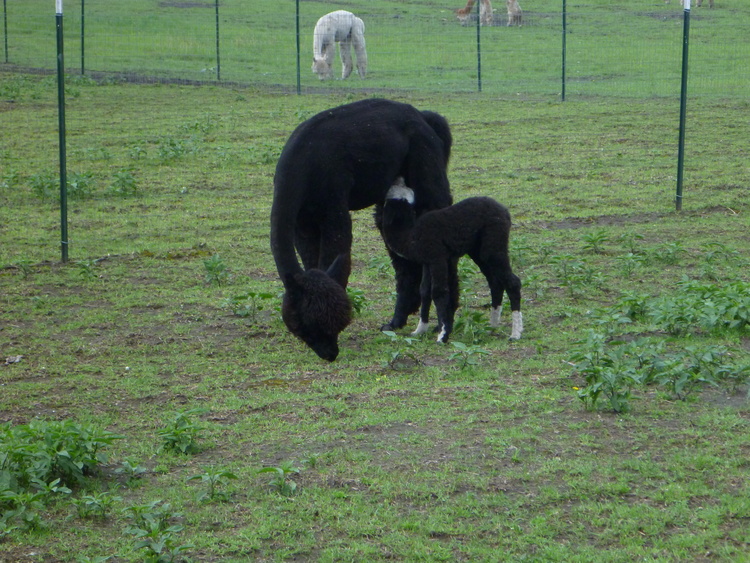
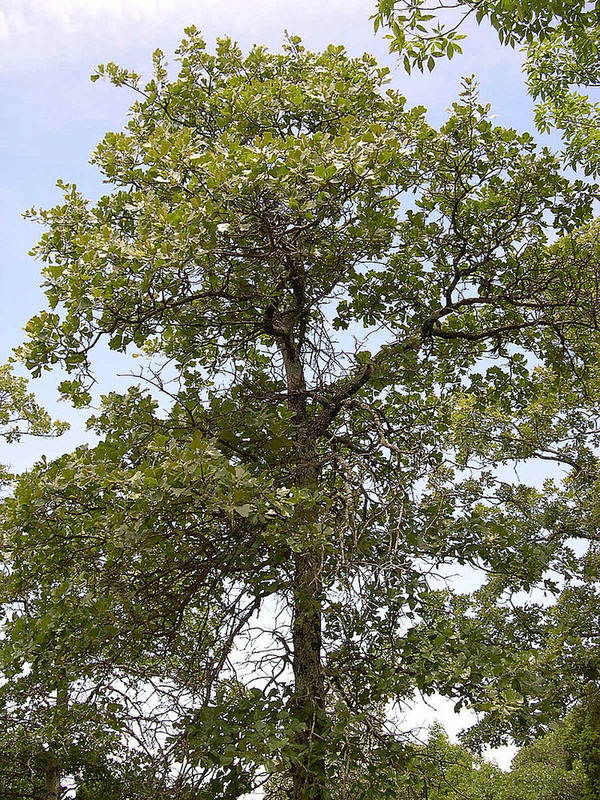
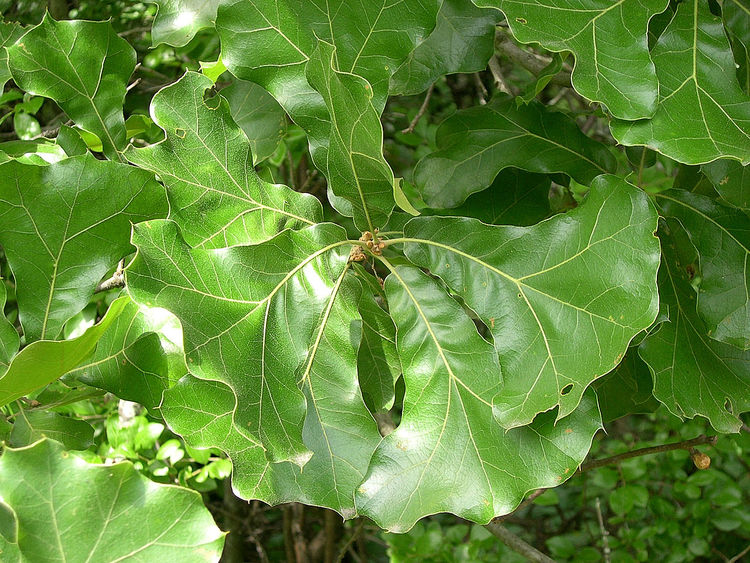
 RSS Feed
RSS Feed
